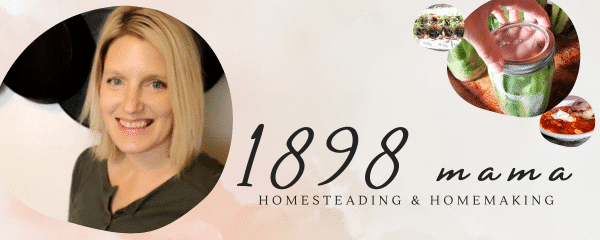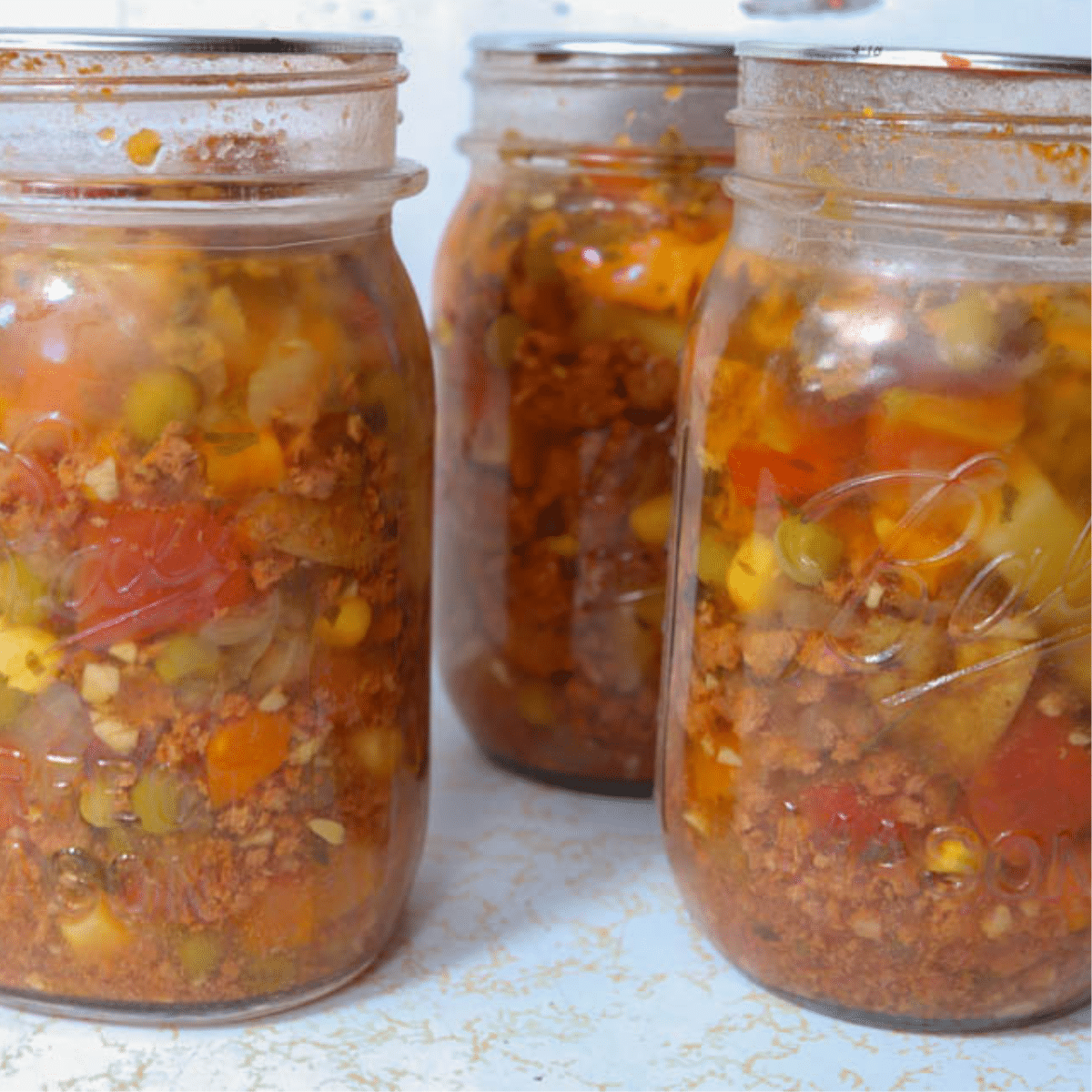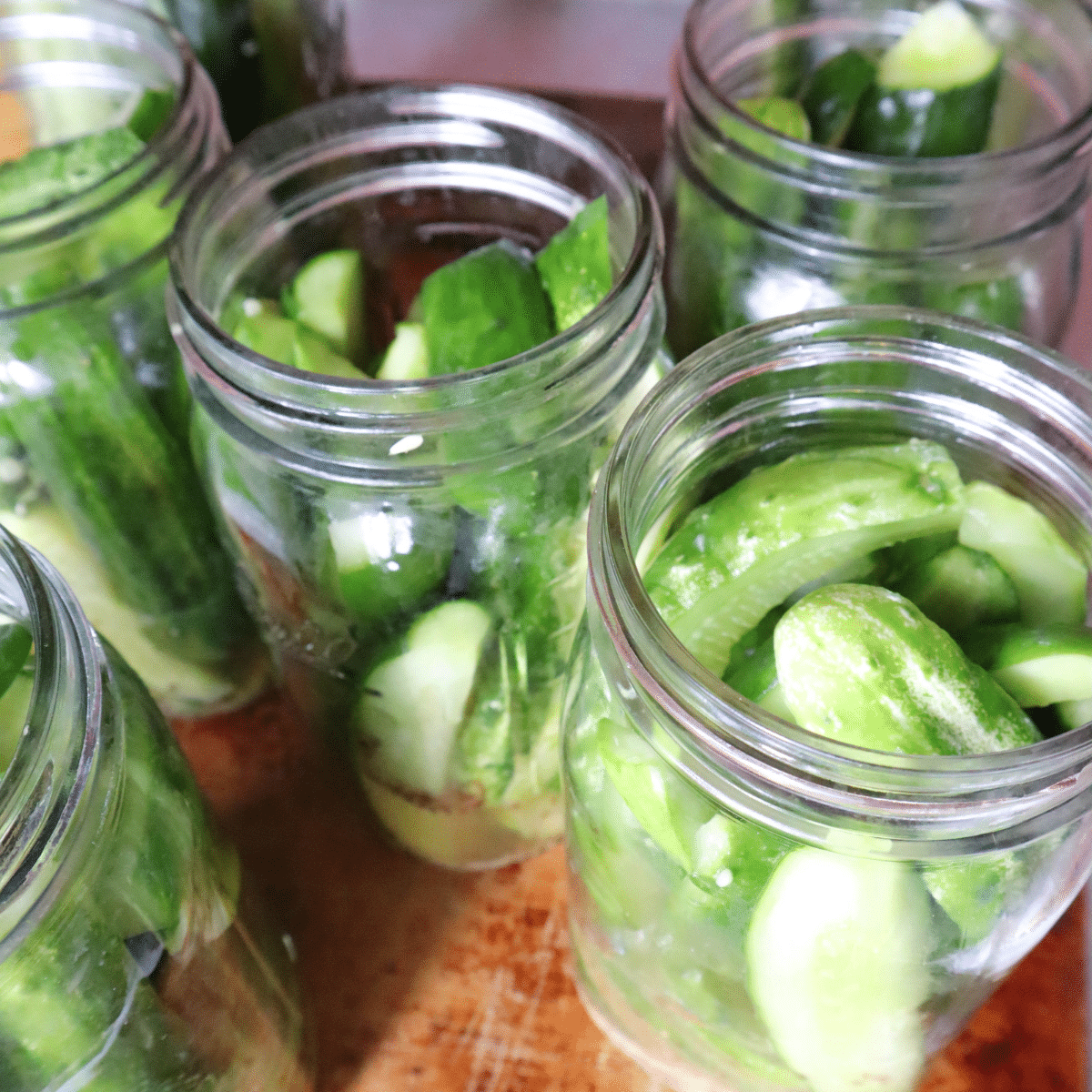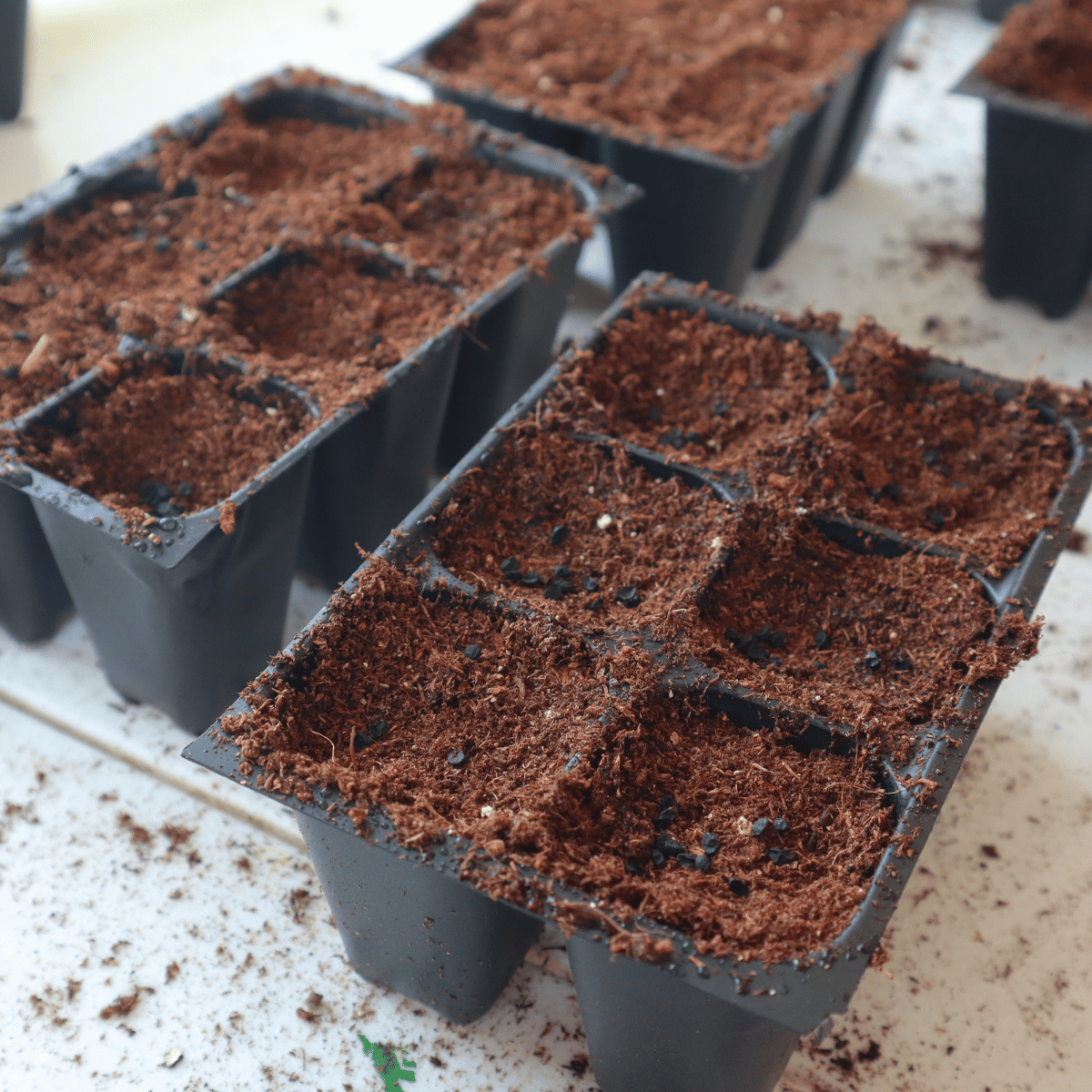How Long Does it Take for Canning Jars to Seal?
We all get excited after canning a recipe and wonder, “how long does it take for canning jars to seal?!” This is your complete guide to all things sealing in the home canning world.
Maybe you have a family garden and are hoping to grow your food for the entire year or maybe you buy food in bulk on sale. Whatever and however you get the food to preserve, it’s never fun when the food doesn’t seal.

HOW LONG DOES IT TAKE FOR CANNING JARS TO SEAL?
As soon as the canning recipe is done, take the jars out of the water bath canner or pressure canner. Place them on a towel and leave undisturbed for 24 hours. Don’t remove the rings. Don’t push down on the lids. Just leave them alone, no matter how tempting it is to touch.
During this time, your canning jars will seal. One of the most wonderful noises in the world is hearing the jars go “PING.” It is the sound of success.
Sometimes, you will start hearing the ping right away. It could take a few hours though. Sometimes, you might not even hear the ping. The jar might not make the noise. If, however, after 24 hours have gone by and the jars aren’t sealed, you will need to either place the jar in the refrigerator or reprocess that jar.

WHAT IS SEALING AND WHY IS IT IMPORTANT?
During pressure canning or water bath canning, in order to prevent food spoilage, the food must be processed which causes a seal. While processing the air escapes from the jar and forms and airtight seal.

HOW DO I KNOW IF CANNING LIDS SEALED?
After 24 hours it is time to test the seal. Remove the screw bands from the jars. Press the center of the lid with your finger. If the lid springs up when you release your finger, the lid is unsealed.
For good measure, I like to try and lift my jar by the lid. If it comes off, I know it’s not sealed. Doing these things is a great way to test seals.
FALSE SEAL
A false seal is a weak seal. This can happen when the rims are not wiped before placing a metal lids on, if there is too little or too much headspace, or if the processing time is off.

WHAT TO DO IF CANNING JARS DON’T SEAL
First, figure out why it didn’t seal. Was there not enough head space? Maybe there was something on the top of the jar that prevented sealing. Was there too many air bubbles in the jar? If you can find the problem, it can be prevented in the future.
Now, obviously, if the canning jar didn’t seal, you cannot save it for food storage. There are basically two options at this point.
First option, place the jar in the refrigerator and eat it soon.
Second option, reprocess the jar(s) that didn’t seal. You don’t want to do this with all foods though, because quality can go down with a second processing. For instance, peaches would get gross if processed twice.
REPROCESS JARS THAT HAVE A SEAL FAILURE
To reprocess an unsealed jar, you will need to basically restart. Dump the contents of the jar out, warm up the food again, and start over.

This post may contain affiliate links which I would receive a small commission at no additional cost to you. Please read disclaimer and privacy policy for full disclosure.
CANNING BASICS
When you start canning for home food preservation, there are a few things you need to make sure that you do every single time.
- Never put cold jars into hot water, they will break. If your water is hot, you need hot jars. You can do this by heating up your oven and placing your mason jars on a cookie sheet and have them hanging out in the oven until its time to put the food in. Another option is to place the jars in the canner while you warm up the water.
- In order to have a good seal, you must wipe off the jar rim before placing the jar lid on. Grab a clean cloth, such as a paper towel, and place some white vinegar on it, wipe the rim of the jar clean.
- Make sure you have filled jars to the proper headspace. If the headspace is off, the seal might not work.
- Use clean jars every single time. Personally, I like to place all jars into the dishwasher and run the sanitize cycle before canning.
- Check all jars for tiny nicks or cracks before filling with food. This is a good idea even if you have brand new jars.
- Finger tighten when you screw the bands on the jar. You don’t want it too tight or too loose.
- Make sure you are using a new lid every single time you process food.






